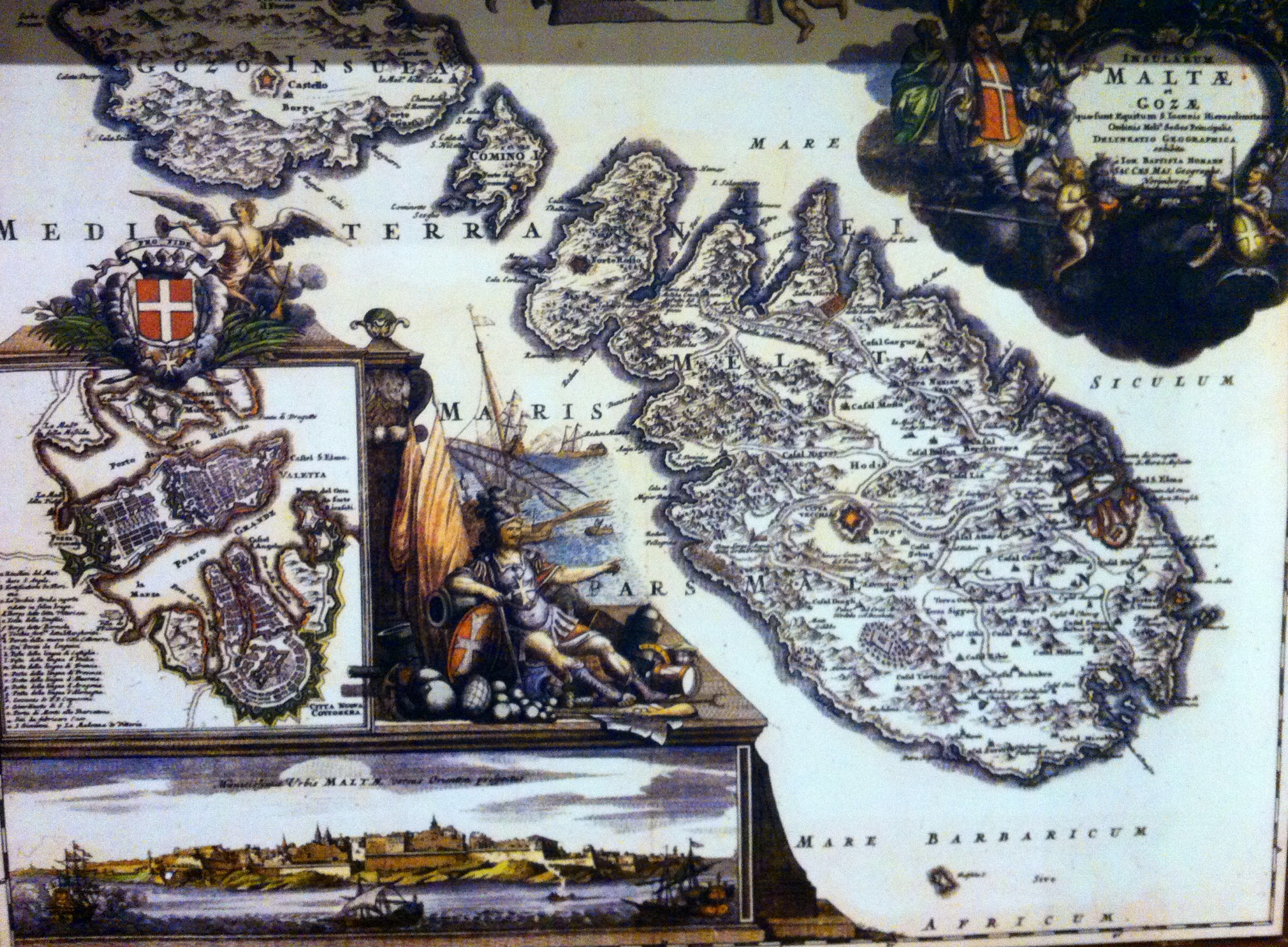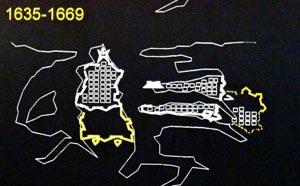
The history of the fortifications of Valletta is the history of the Knights Hospitallers in Malta. One may say that it’s the history of the Maltese Islands that is a history of fortifications. Certainly, few other islands around the world can so eloquently claim the title of Island Fortress. Discover with us this fortified landscape.
Majestic essays of force

Fewer still are those fortified landscapes, which can boast such a rich concentration of stone-built defences in a combined surface area of more than 300 km2. No other place around the shores of the Mediterranean can match the diversity of shape and form, as well as the solidity and powerful sculptural features, of Malta’s ramparts knit as they are of virgin rock and dressed stone. They are truly majestic essays of force countering force and of grace under pressure.
Therefore, in terms of fortifications, the Maltese Islands are unique, and this uniqueness has long been acknowledged throughout history. Many distinguished people who came to Malta were greatly impressed by the impressive history and scale of these fortifications.
Bulky, mountain-breasted heights

The renowned philosopher, poet and critic Samuel Taylor Coleridge described them as “bulky, mountain-breasted heights” which overwhelmed him with their strangeness while Sir Walter Scott, the author of the legendary novel “Ivanhoe”, was mesmerised by the fortifications “splendid form quite like a dream rising perpendicular from the water’s edge to 80 metres in height”.
Early fortifications on Malta can be dated as far back as the Bronze Age. Then the Phoenicians, the Romans and the Arabs came and all made their extensions of the defences. Especially the fortifications of UNESCO World Heritage site Mdina depict the different civilisation’s mark on the fortifications. The fortifications reached its heights under the Knights Hospitallers after the Great Siege in 1565, whence the knights (or rather, the Maltese) worked ferociously on fortifying the island before the next Ottoman attack.
Which never came.
The fortification of Valletta over the years






Free Fortifications Interpretation Centre
The “Fortifications Interpretation Centre”, located a Marks Street inside the walled fortifications (where else) just up the street from where the Sliema-Valletta ferry docks, is a must-see for those, who find history, architecture or engineering interesting. This free (!!) museum is quite new and uses both graphic displays, 3D models and interactive presentations to get the point across. And they succeed very well. In three levels, the museum covers the history of the fortifications, guides you through the engineering process and makes you want to explore the rest of the fortifications of Europe.
In our eyes, a museum succeeds when it clenches the thirst of a curious mind and makes it thirst for more knowledge. This one succeeds at that!
The Fortress Builders – Fortifications Interpretation Centre, St Mark Street, Valletta, Malta. Free entrance.







